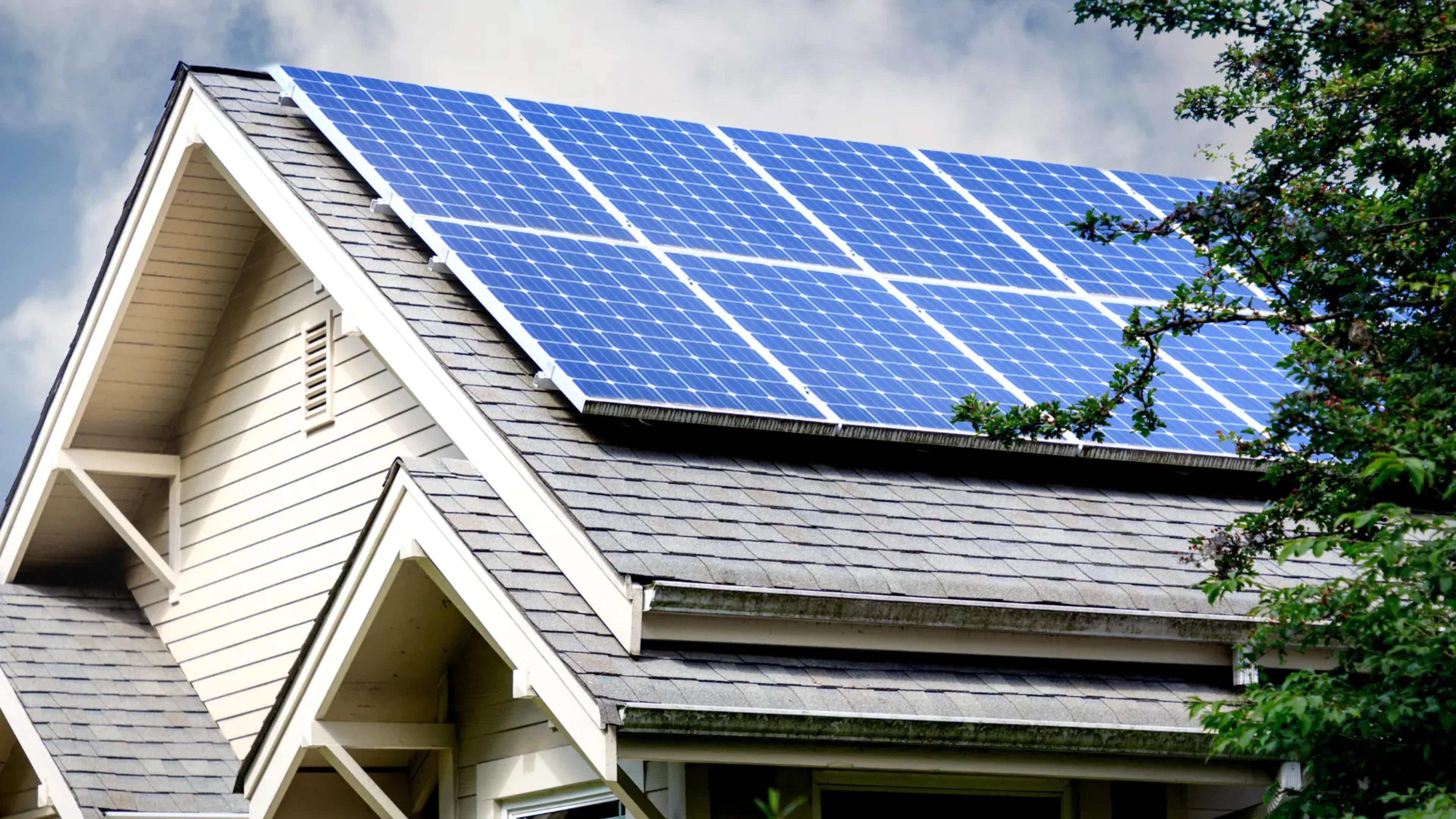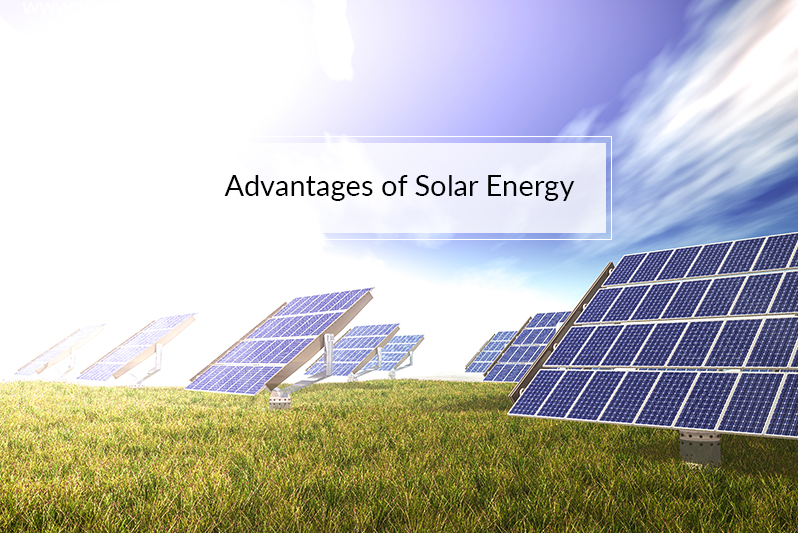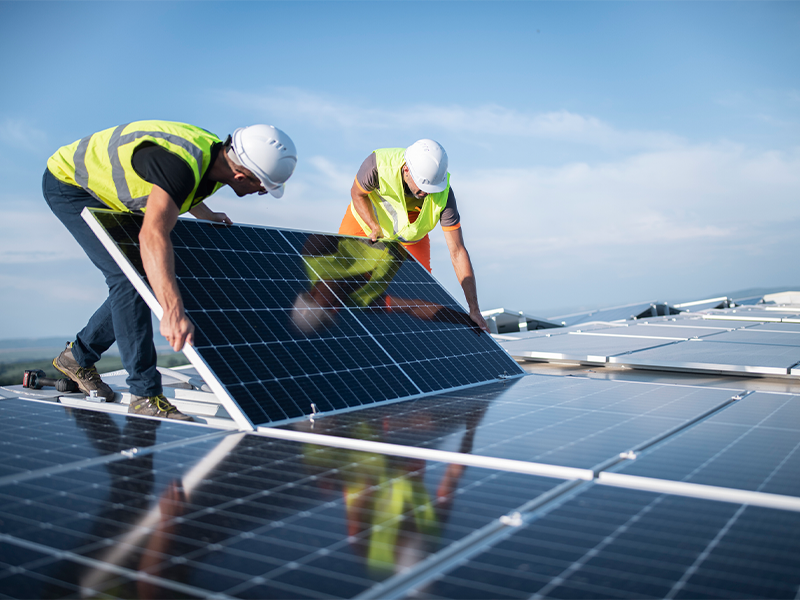Discover Budget-Friendly Solar Solutions with Simply Solar Illinois for Residences
Discover Budget-Friendly Solar Solutions with Simply Solar Illinois for Residences
Blog Article
Solar Energy 101: A Novice's Overview to Sustainable Energy Solutions
As the globe progressively shifts towards lasting power solutions, comprehending the fundamentals of solar energy comes to be essential for both people and organizations. This guide supplies a detailed overview of solar power, describing the numerous systems readily available and the devices behind their operation. By exploring the advantages of solar modern technology, alongside the financial rewards and setup processes, one can gain a more clear perspective on how to efficiently incorporate this renewable source into their power strategy. The journey towards embracing solar power invites further exam of the difficulties and considerations that come with it.
Comprehending Solar Power
At its core, recognizing solar energy involves realizing the essential concepts of how sunlight can be transformed right into usable power. Solar energy is obtained from the sun's radiation, which can be utilized with various innovations.

Understanding solar power likewise involves recognizing its environmental advantages. By using sunlight, we can reduce greenhouse gas exhausts and decrease air contamination, contributing to a much more sustainable future. The improvements in modern technology and performance of planetary systems remain to improve their viability, making solar power a progressively eye-catching alternative for international power needs.
Types of Solar Energy Equipments
Various types of solar power systems are commonly employed to harness solar power for electrical power generation. The primary groups include photovoltaic or pv (PV) systems, concentrating solar power (CSP) systems, and solar thermal systems.
Photovoltaic or pv systems utilize photovoltaic panels made up of silicon cells that transform sunlight straight into power. These systems are flexible and can be mounted on rooftops, ground installs, or incorporated into structure materials.
Focusing Solar Power systems, on the various other hand, utilize mirrors or lenses to concentrate sunshine onto a little location, generating warmth that drives a steam turbine to produce electrical energy - Simply Solar Illinois. CSP systems are normally released in large power plants and need direct sunshine, making them much less appropriate for cloudy areas

Each kind of solar energy system has its distinct characteristics, applications, and suitability relying on geographic location, power demands, and budget plan, making it essential to evaluate options based upon details circumstances. - Simply Solar Illinois

Advantages of Solar Power
Taking advantage of solar power through various systems not just offers a lasting method to generate electrical energy but additionally uses a wide range of advantages. Among one of the most significant advantages is the reduction in you can find out more greenhouse gas emissions, adding to a cleaner setting and combating climate adjustment. Solar power is sustainable, meaning it is infinite and readily available as long as the sun shines, unlike fossil fuels, which are limited and depleting.
Additionally, solar power can lead to substantial price financial savings over time. Homeowners and organizations can reduce their electrical power bills significantly, and oftentimes, they might gain debts for excess power generated via web metering. In addition, the solar industry creates work, from making to setup, stimulating neighborhood economies.
Another engaging advantage is power independence. By producing their very own electricity, individuals and communities can minimize reliance on outside power resources, improving resilience against fluctuating energy prices and supply disruptions. In addition, solar energy systems need very little upkeep, making them a hassle-free option for lasting power generation.
Installment Refine Review
The installation procedure for solar power systems generally includes a number of key steps that make sure effective integration into a residential or commercial property. A comprehensive site assessment is carried out to evaluate the roof covering's orientation, shielding, and structural stability, which are important link essential to enhancing solar panel efficiency. Following this analysis, the design stage starts, where a customized solar power system is configured based on the homeowner's power needs and preferences.
When the design is wrapped up, the needed permits and authorizations are acquired from local authorities, guaranteeing compliance with policies. The real installment includes installing the photovoltaic panels on the roof or ground, linking them to an inverter, and integrating the system with the home's electrical arrangement. This phase might likewise include mounting battery storage space systems, depending on the style.
With the installation full, the solar energy system can start producing sustainable energy, contributing to sustainability and reducing utility expenses. This structured technique guarantees that solar systems are both effective and trusted, maximizing their long-term advantages.
Financial Motivations and Savings
Checking out the financial incentives and savings associated with solar power systems can significantly enhance the appeal of making the switch to renewable power. One of the most significant motivations is the government solar tax credit report, which permits homeowners to deduct a portion of their solar system installation costs from their government taxes.
Along with tax credits, many states supply discounts that can better decrease in advance expenditures. Some utility firms additionally supply performance-based rewards, satisfying solar power production over time. Financing options, such as solar finances and leases, allow customers to install systems with little click to read to no deposit, making solar power extra accessible.

Furthermore, solar systems can increase home worths, offering a strong return on investment. Overall, the mix of incentives and savings makes solar power an economically eye-catching selection for numerous families.
Conclusion
In conclusion, solar power stands for an essential part of lasting energy services, offering a path towards minimized carbon impacts and boosted ecological protection. Ultimately, the transition to solar energy not only promotes environmental responsibility but also promotes financial financial savings and energy independence.
Report this page